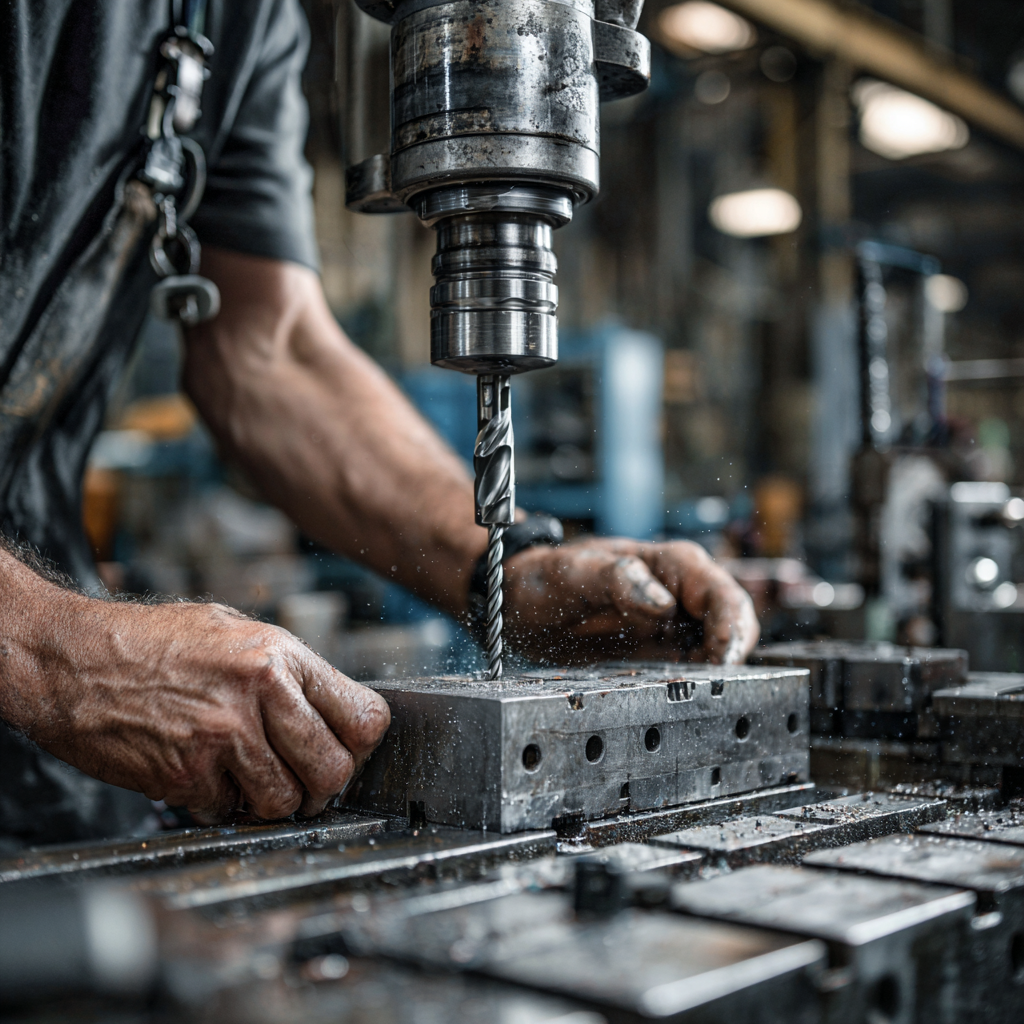

Every machine, every structure, and every tool depends on one thing: secure connections. Screws, bolts, and nuts hold the world together — and the tools that create these threads are taps and dies. Backed by DIN standards, they ensure every connection is strong, precise, and interchangeable worldwide.
Taps: Cutting Internal Threads
Taps carve spiral grooves inside holes, transforming them into threaded nuts.
-
Hand taps (DIN 352): Used step by step with taper, intermediate, and bottoming taps.
-
Machine taps (DIN 371 & 376): Do the job in one pass for efficiency.
💡 Example: Every threaded hole in an engine block or mining gearbox was made with a tap.
Dies: Cutting External Threads
Dies cut threads onto rods, turning them into bolts or threaded shafts.
-
Circular dies (DIN 223): The standard for external threading.
-
Used in repair shops, custom fabrication, and mass production.
💡 Example: A damaged shaft thread can be restored with a die in minutes, avoiding costly replacements.
Why Standardization Matters
Without standardized threads:
❌ A bolt made in one country wouldn’t fit a nut made in another
❌ Maintenance would be chaotic and costly
✅ Thanks to DIN, every tap and die produces threads that match globally
Real-World Applications
✔️ Mining equipment fasteners that withstand vibration and heavy loads
✔️ Automotive engine assembly with thousands of threaded parts
✔️ Aerospace connections requiring absolute precision
Taps and dies may look small, but they are fundamental to engineering. They ensure that every bolt, screw, and nut fits exactly as it should — making machines reliable and maintenance possible worldwide.

